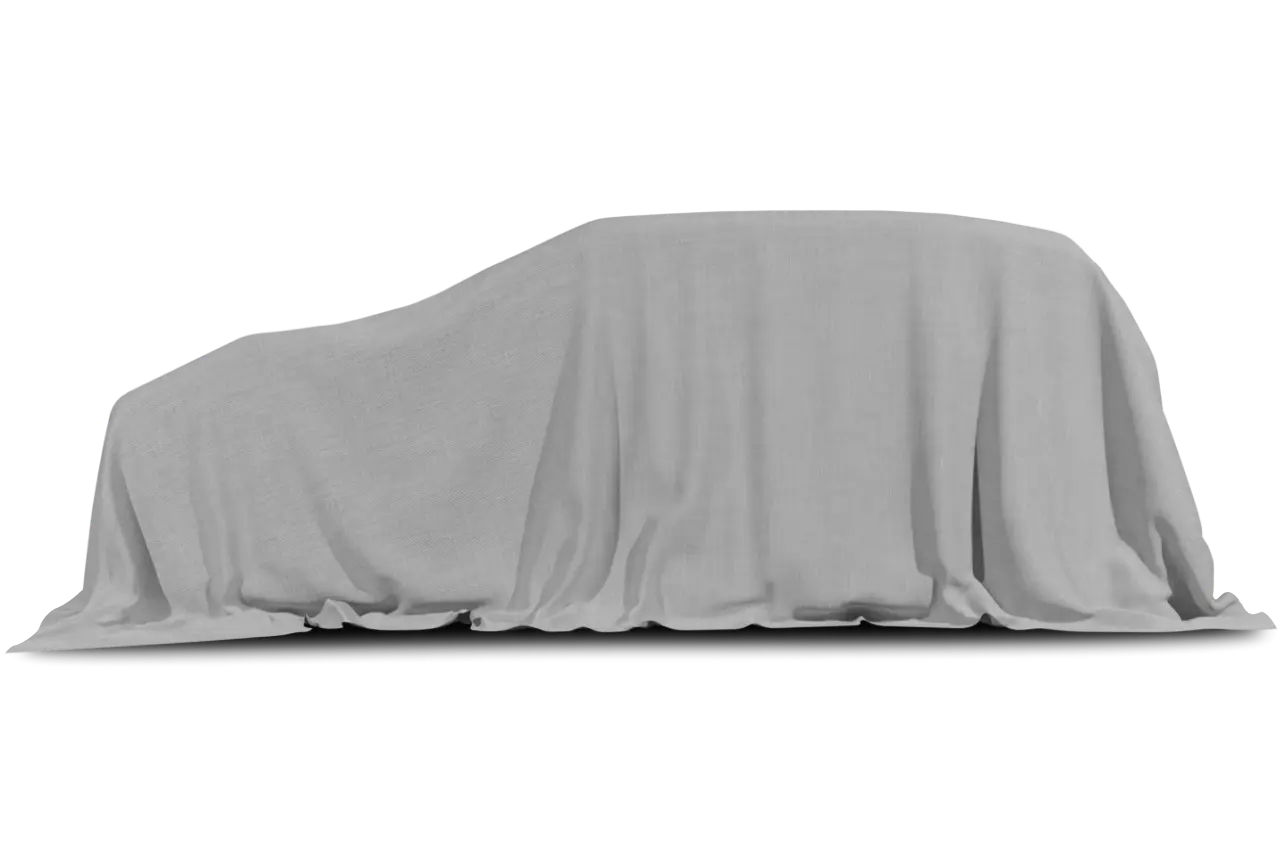
Power lags in Suzuki’s mid-size Verona
Japanese automaker Suzuki is well known on its home turf for being a small-car expert. But in North America, it wants to expand beyond that and break into the heart of the market here, which is epitomized by mid-size sedans like the Toyota Camry and Honda Accord.
And so we now have the Verona, the biggest car that Suzuki has ever sold. And that is “sold”, not built, because the Verona is made in Korea by Daewoo, another member of the General Motors Corp. extended global family. It was styled in Italy by Italdesign, and a version is sold in Canada as the Chevrolet Epica. If you can keep all that straight, you’re probably wondering whether it’s even worth it to consider this newcomer.
After our test drive in a top-of-the-line EX model, we have our doubts.
The Verona starts at around $17,000. Our test car was priced at $20,349.
HE: Daewoo-brand cars haven’t been sold in North America for nearly two years. Daewoo used to sell a forgettable midsize sedan called the Leganza that eventually was replaced in Korea by a much nicer design named Magnus. That’s the vehicle that Suzuki is importing as its U.S. flagship, under the rather odd name Verona. It is one of the newer, more interesting shapes in the crowded midsize sedan segment, and would have made for a much better flagship for Daewoo. I’m not sure it’s the right product for Suzuki.
SHE: At a glance, I can see where a consumer might be drawn to the Verona. It’s got a sculpted hood, a chrome grille and lots of chrome touches on the outside. And there are those snazzy headlights that so many auto designers describe as jewel-like. I was pondering all that while I was reading my Farmer’s Almanac. And sure enough, there was a quote on page 55 from Norwegian figure skater Sonja Henie that seemed to put it all in perspective. She said, “Jewelry takes people’s minds off your wrinkles.” And there sure are a lot of wrinkles in this sedan.
HE: The wrinkles on the Verona are not insurmountable obstacles. But consumers should be aware of the car.s limitations vis-a-vis the competition. Probably the most notable is the powertrain. Suzuki trumpets the fact that it has the .only standard in-line six-cylinder engine in the class.. That merits some further explanation. The engine in question is a 2.5-liter six that makes only 155 horsepower and feels pretty much like a sluggish lump anytime you step on the throttle. The four-cylinder engines in the class-leading Accord and Camry make equivalent power. And although the Verona six-cylinder has a higher torque rating, the four-cylinder engines in the Honda and the Toyota feel far more lively.
SHE: You could almost make a case for the Suzuki if it were the cheapest midsize sedan on the market, but it’s not. For about the same money, you can buy a Hyundai Sonata with a 2.7-liter V-6 that’s rated at 170 horsepower and seems a lot peppi er.
HE: I like the fact that Suzuki offers a pretty decent warranty on the Verona. You get powertrain coverage of seven years or 100,000 miles, which is better than Honda or Toyota, but not as good as Hyundai’s 10 years or 100,000 miles. And Suzuki’s standard warranty on the rest of the vehicle is only good for three years or 36,000 miles, compared to 5 years and 60,000 miles for Hyundai.
SHE: Those are the numbers, but here’s the reality check. The car just doesn’t feel like it has a lot of room. There isn’t much storage space, and rear-seat passengers don’t have enough leg room. Plus there’s way too much plastic, including some really fake-looking plastic wood trim. On the plus side, the assembly quality looks pretty good.
HE: My problem was I could never get comfortable behind the wheel. I couldn’t get the power driver’s seat low enough to see through the top of the windshield. And the tilt steering column did not adjust for distance, so by the ti e I adjusted the seat back far enough from the pedals, the steering wheel always seemed too far away. Another dumb item is the location of the power switch for the radio on the steering wheel, positioned exactly so that you tend to hit it about six times every 10 miles or so. We also noticed excessive wind noise at highway speeds, so bad that it was difficult to carry on a conversation between front-seat occupants. The real capper came the day we had soaking rain and the temperature rose to about 55: The gauges all fogged up. Sorry, Suzuki, but this one doesn’t even measure up to middle-of-the-road standards.


